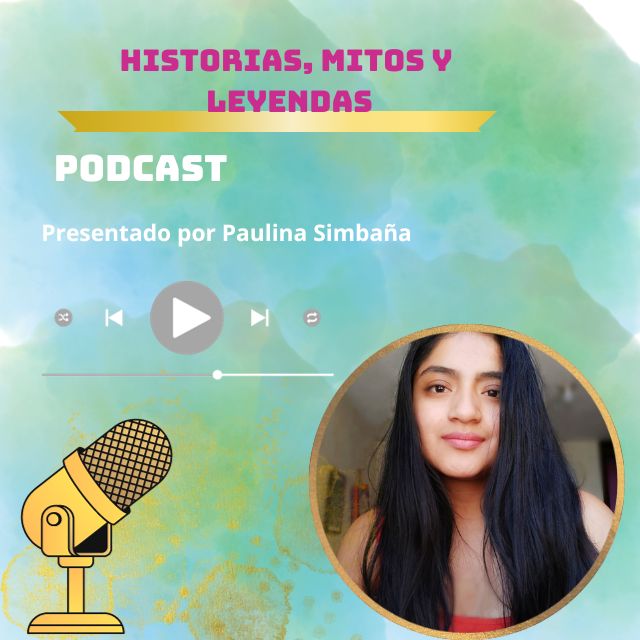
Persian Made Easy, Episode 2
الوصف
Hi everyone, I am Sara and this is Persian made EZ, episode 2.
One way to say “how are you?” in Persian is to use, “chetor i?” and, “chetor in?”.
We use “chetor i”, with the “i” ending, when we’re talking to one person in an informal setting, for example when talking to a friend or family.
And we use “chetor in”, with the “in” ending, either when we’re talking to one person in a formal setting, or to more than one person in both formal and informal situations.
It's also very common in person to ask, “khub i?” and, “khub in?” when we're greeting each other.
“Khub” means “good”, “well”, or “fine”, so “khub i?” and “khub in?” literally mean, “are you fine?” or, “are you doing well?”
You can also put “khub i?” and “khub in?” together with “chetor i?” and “chetor in?”, and greet each other like this:
Salām! Chetor i? Khub i? (Informal, Singular)
Or
Salām! Chetor in? Khub in? (Formal / Plural)
We can answer “chetor i?” and “khub i?” with, “khub am, merci!” and, “khub am, kheili mamnun!”, or, “bad nistam, merci!” and, “bad nistam, kheili mamnun!”.
And then we can ask, “to chetor i?” and, “to khub i?” or, “shomā chetor in?” and, “shomā khub in?”.
Now let’s practice!
Dialogue 1
Salām! Chetor i?
Salām! Khub am, merci! To chetor i?
Khub am, kheili mamnun!
Dialogue 2
Salām! Chetor i? Khub i?
Salām! Bad nistam, kheili mamnun! To khub i?
Khub am, merci!
Persian Script
سَلام: hello, hi
چِطوری / چِطورین: how are you
خوبی / خوبین: are you fine, are you doing well
خوبَم: I'm fine
بَد نیستَم: I'm not bad
مِرسی: thanks
خِیلی مَمنون: thank you so much
Latin Script
Salām: hello, hi
Chetor i? / Chetor in?: how are you?
Khub i? / Khub in?: are you fine?, are you doing well?
Khub am: I’m fine
Bad nistam: (I’m) not bad
Merci: thanks
Kheil mamnun: thank you so much
قناة البث الصوتي
Persian Made Easy
المؤلف
جميع الحلقات

discount

Cuento "El Lobo y los siete cabritos"

HACIA- HASTA- MEDIANTE

Serendipity

FUNDING MY DREAMS (THE COST OF THE SUMMIT)

Ep.30 高校生と大学生の時の「部活(ぶかつ)」🍻♪

DEFENSOR DE OFICIO.

⑨日本の左側通行は武士が影響?
حلقات رائجة

Taiwan Daphne
discount

Historias, leyendas y dias
Cuento "El Lobo y los siete cabritos"

ESPAÑOL COLOMBIANO
HACIA- HASTA- MEDIANTE

Mini podcasts about Idioms, Expressions, Vocabulary and so on...
Serendipity

FLO TALKS
FUNDING MY DREAMS (THE COST OF THE SUMMIT)

SeikaのPodcast🎧
Ep.30 高校生と大学生の時の「部活(ぶかつ)」🍻♪

CHISTES MEXICANOS
DEFENSOR DE OFICIO.

Atsushi のJapanese podcast (travel/news /文法・漢字・語彙/Osaka/Hokkaido/🇹🇷🇬🇪🇦🇲🇪🇸🇵🇹)
⑨日本の左側通行は武士が影響?